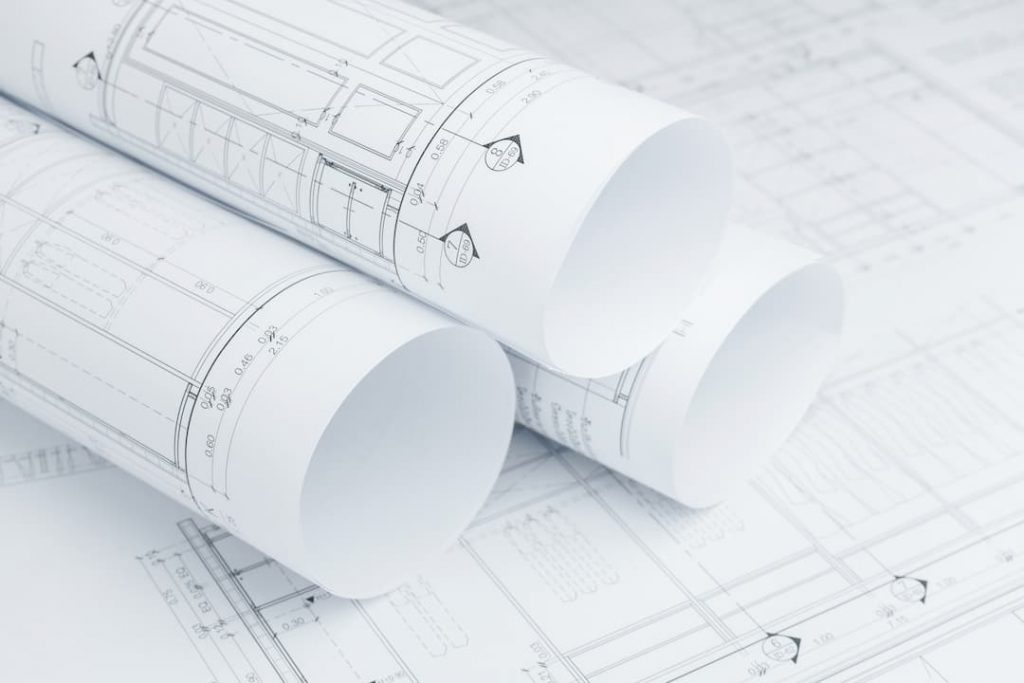We’ve discussed a lot of the early steps to planning drainage system construction. These steps are not all-encompassing and that’s part of the reason you should always work with professionals. Doing a survey of the area to be developed, creating a blueprint, and completing the job of drainage are all things that need to be left to experienced professionals.
In this blog, we’re going to give you the final three steps we see as imperative to planning a drainage system for development.
But first, a quick recap.
- Drainage system construction should be planned as early as possible.
- When planning drainage system construction elements to take into consideration include subdivision layout,
- catchment area,
- local terrain,
- drain location,
- surface obstructions,
- underground obstructions,
- design depth
You can read the first two articles by following these links:
And finally, to end the series, three further considerations to drainage planning.
Temporary Works
It is often necessary to create a temporary solution for drainage at the downstream end of a drainage pipeline. The temporary design must be decided after discussions with affected landowners.
Factors to be considered could include:
· Access and stock crossings
· Safety fencing
· Stockpile or removal of created waste/material
· Stabilisation of the bed and banks of any temporary channel

Consideration of the Environment
The environment is always a consideration when planning or commencing development of any scale. The design of underground and surface drainage should avoid or minimise the impact on the environment. This includes direct impact such as tree removal and disturbing habitats as well as the impact on natural water flow such as wetlands or grasslands, rivers, and creeks.
Some of the things to consider could be:
· Impact on indigenous trees and shrubs
· Impact on native grasslands and wetlands
· Impact on native animals, local and migratory
· Impact on threatened species, if any
· Potential for weed invasion



Heritage and Cultural consideration
Sites that hold significant natural or cultural heritage significance are another important consideration for planners. A heritage place can be defined as an entire region or landscape or can be as simple as a single building, tree, or group of rocks. It is a place valued by people for its significance in the area.
These sites are places which the community places a high value on and can be both indigenous and non-indigenous.
Drainage design can have a very real impact on our heritage and cultural sites if consideration for these is not taken in the planning stages. An investigation must take place to protect and preserve these assets when planning for development.

And here is the end of our 3-part series all about when drainage system construction should be planned. Obviously, not all requirements and considerations can be laid out in a blog (or even three blogs) so as we mentioned at the top – be sure to leave this to the professionals. We can help at Limcora. We have the expertise and the experience to create the perfect plan for any drainage development. Call us today.

